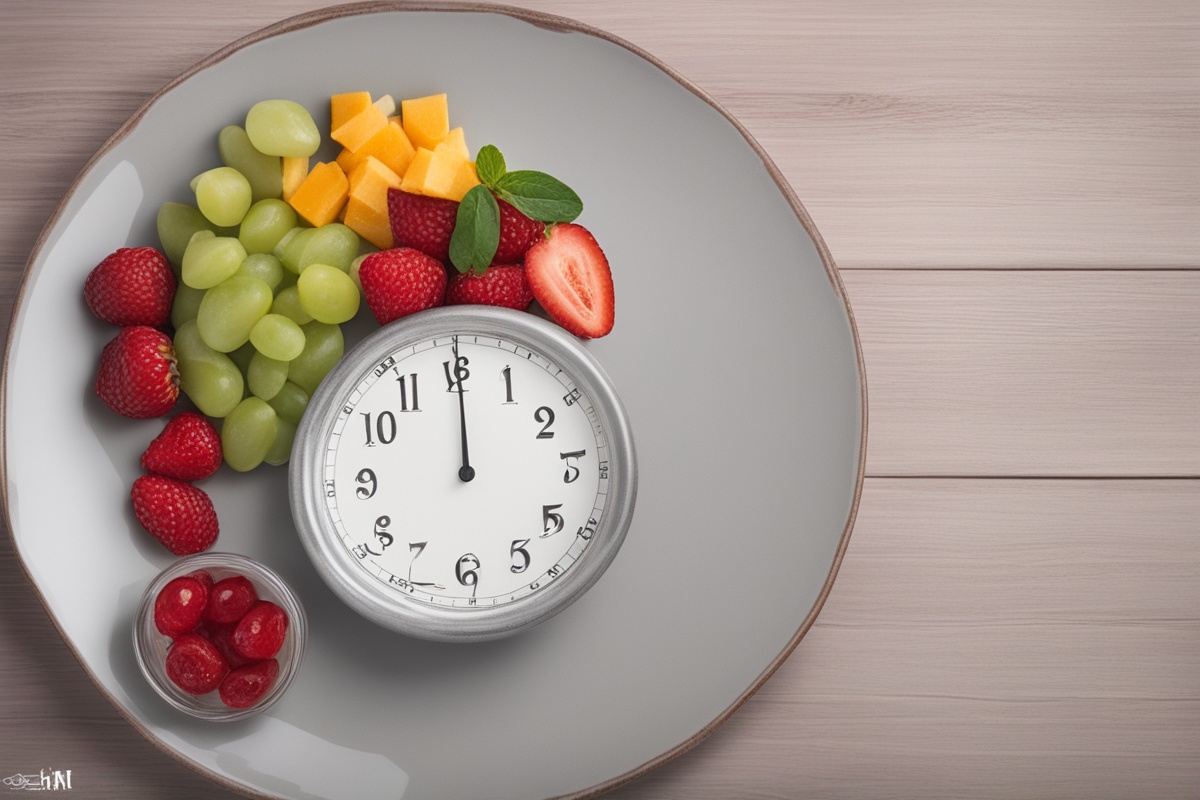Have you ever wondered if there’s a sustainable way to improve your health, lose weight, and boost energy without drastic diet overhauls? Enter 16/8 intermittent fasting, a time-restricted eating pattern that’s taken the wellness world by storm. Unlike traditional diets that focus on what you eat, this method is all about when you eat. By fasting for 16 hours and eating within an 8-hour window each day, you can tap into your body’s natural rhythms to support weight loss, enhance metabolic health, and even improve mental clarity. In this comprehensive guide, we’ll break down the science behind the 16/8 fasting method, share practical tips for beginners, and help you decide if this lifestyle tweak is right for you. Let’s dive in!
What Is 16/8 Intermittent fasting?
At its core, 16/8 intermittent fasting is a form of time-restricted eating where you cycle between periods of fasting and feeding. Specifically, you fast for 16 hours each day and limit your food intake to an 8-hour window. For example, you might eat between noon and 8 p.m., then fast from 8 p.m. until noon the next day. During the fasting period, you consume only water, black coffee, or unsweetened tea—essentially, zero-calorie beverages. This approach to intermittent fasting for weight loss is popular because it’s flexible and relatively easy to integrate into daily life compared to more extreme fasting protocols like alternate-day fasting.
The Science Behind 16/8 Fasting
Why does the 16/8 method work? It’s rooted in how our bodies respond to periods without food. When you fast for 16 hours, your body depletes its glycogen stores (stored carbs) and begins to burn fat for energy—a process called ketosis. Studies, such as those published in the journal Obesity, suggest that 16/8 intermittent fasting can lead to reduced calorie intake, improved insulin sensitivity, and even cellular repair through autophagy (where cells clean out damaged components). Additionally, fasting may lower inflammation and support heart health by improving blood pressure and cholesterol levels. While more long-term human studies are needed, early research on time-restricted eating benefits is promising for both weight management and overall wellness.
Benefits of 16/8 Intermittent Fasting
The appeal of 16/8 intermittent fasting lies in its wide range of potential health perks. Here are some of the standout benefits that have people raving about this fasting style:
- Weight Loss: By shortening your eating window, you’re likely to eat fewer calories naturally, which can lead to a calorie deficit and fat loss over time.
- Improved Metabolic Health: Fasting can enhance insulin sensitivity, helping to regulate blood sugar levels and reduce the risk of type 2 diabetes.
- Boosted Energy and Focus: Many followers report feeling more alert during fasting hours, possibly due to stable blood sugar and reduced digestive workload.
- Simplicity: Unlike complex diets, 16/8 fasting doesn’t require counting macros or cutting out food groups—just watch the clock!
These intermittent fasting benefits make the 16/8 method an attractive option for anyone looking to improve their health without overcomplicating their routine.
How to Start 16/8 Intermittent Fasting: Practical Tips
Ready to give 16/8 intermittent fasting a try? Starting is easier than you might think, but a little preparation goes a long way. The key is to ease into it and listen to your body. Here are some actionable tips to help you begin your fasting for health journey:
- Choose Your Window Wisely: Pick an 8-hour eating window that fits your schedule, like 1 p.m. to 9 p.m. if you’re a late riser, or 10 a.m. to 6 p.m. if you prefer earlier meals.
- Stay Hydrated: Drink plenty of water during fasting hours to curb hunger and support detoxification—aim for at least 8–10 glasses daily.
- Eat Nutrient-Dense Meals: Focus on balanced meals with protein, healthy fats, and fiber to stay full longer during your eating window.
- Start Gradually: If 16 hours feels daunting, begin with a 12:12 split (12 hours fasting, 12 hours eating) and work your way up over a week or two.
- Be Patient: It’s normal to feel hungry or irritable at first. Give your body 1–2 weeks to adjust to the new rhythm of 16/8 fasting for beginners.
Remember, consistency is more important than perfection. If you slip up, just get back on track with your next fasting window.
Common Challenges and How to Overcome Them
Like any lifestyle change, 16/8 intermittent fasting comes with hurdles, especially in the beginning. Hunger pangs, social eating pressures, and energy dips are common complaints. The good news? These challenges are manageable with the right mindset. Distract yourself during fasting hours with light activities like walking or journaling. If social events fall outside your eating window, plan ahead by shifting your hours slightly or sipping on sparkling water to feel included. Low energy can often be tackled by ensuring you’re getting enough electrolytes—add a pinch of salt to your water if needed. By anticipating these bumps in the road, you’ll be better equipped to stick with intermittent fasting for weight loss long-term.
Who Should Avoid 16/8 Intermittent Fasting?
While the 16/8 fasting method is generally safe for most healthy adults, it’s not for everyone. Pregnant or breastfeeding women, individuals with a history of eating disorders, or those with certain medical conditions like diabetes should consult a healthcare provider before starting. Fasting can also be tricky if you’re on medications that require food intake at specific times. Always prioritize safety and personalized advice over jumping into trends like time-restricted eating benefits. If you experience dizziness, extreme fatigue, or other concerning symptoms while fasting, stop and seek guidance from a professional.
As we’ve explored, 16/8 intermittent fasting offers a flexible, science-backed approach to improving health, shedding pounds, and simplifying your relationship with food. Whether you’re drawn to the potential intermittent fasting benefits like better metabolism or mental clarity, or just want a sustainable way to manage your weight, this method could be a game-changer. Start small, stay hydrated, and remember that it’s a journey—not a race. Have you tried 16/8 fasting for beginners yet, or are you curious to learn more? Share your thoughts or questions below, and let’s keep the conversation going. Here’s to finding balance, one fasting window at a time!






